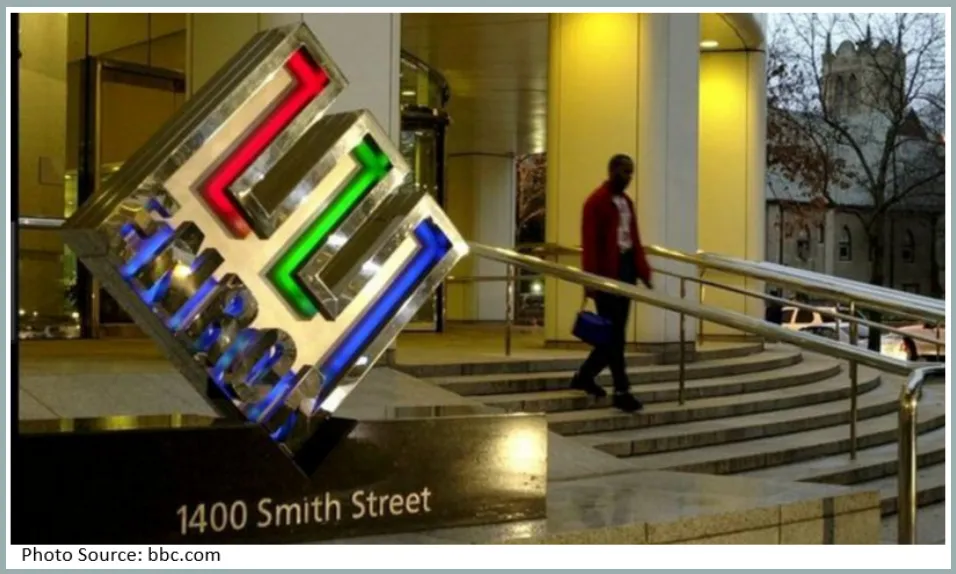
This is the second part of my summary of the Enron scandal. Another big consideration in this case study is the role that Enron’s CFO, Andrew Fastow, who played an important role in creating the financial miseries of the organization. Fastow was accused of being the architect of Enron’s complex financial and accounting record-keeping techniques, and had already been imprisoned for his violations. During his time at Enron, a number of internal stakeholders believed that it was Fastow who engineered most of the unethical and illegal financial transactions, particularly the abuse of the so-called mark-to-market accounting. Later, he admitted that this accounting technique is full of unethical accounting tactics, and was quoted as saying “Mark-to-market accounting is like crack. Don’t do it.”. In his position as a CFO, Fastow was in a perfect position to manipulate Enron’s financial reports to make the organization appear strong and profitable no matter how unstable the company actually was. We can argue that a good CFO should be a highly ethical person because of his or her powerful and potentially sensitive position within the firm. Fastow miserably failed in this criterion, because he was not able to present reliable financial information to stakeholders, and he did not ensure that the company achieves projected financial goals in a legal and ethical manner. Fastow seemed to have been concerned on ensuring that Enron hit the numbers and financial expectations, even at the expense of his duty as a gatekeeper. He should have been focused on being certain that financial controls and internal auditing procedures were operating correctly to avoid the eventual demise of the company.
The company, its partners, and its employees have been caught in several legal struggles after its bankruptcy. In 2004, Enron's new board of directors sued 11 financial institutions for helping Ken Lay, Andrew Fastow, Jeffrey Skilling (the CEO at the height of the scandal), and others hide Enron's true financial condition. These legal proceedings were called the “megaclaims litigation”. Among the defendants were Royal Bank of Scotland, Deutsche Bank, and Citigroup. Enron was able to obtain nearly $20 billion to distribute to its creditors as a result of these litigations. In 2006, Enron sold its last business subsidiary Prisma Energy to Ashmore Energy International. In early 2007, it changed its name to Enron Creditors Recovery Corporation with the sole purpose of paying off Enron's remaining creditors and wrap up the firm's affairs. By 2008 Enron had settled with all involved institutions, with Citigroup being the last, and as of December 2009, some claim and process payments were still being distributed to undermined parties. Many of the people convicted of crimes connected to Enron have already served their sentences, like the former CFO Fastow, but former CEO Skilling remains in prison after being convicted. Former Chairman Lay on the other hand, died of a heart attack on July 2006.
The primary contributing factor to the company’s downfall lay in its corporate culture that cultivated a) poor ethical climate, and provided b) opportunities for misconduct. Enron’s culture also focused on short-run earnings, and the company’s “rank and yank” system fostered a climate of cut-throat competition among employees, in which survival has become the priority. The “rank and yank” system is a term used to describe a process by which a company ranks its employees against each other, rewards the people at the top of the ranking, terminates employees at the lowest end of the ranking (that's the yank). Enron did not consider the effects that company actions would have on employees, shareholders, investors and even the society at large. The renowned psychologist, Dr. Philip Zimbardo once said, and I quote “Most of the evil of the world comes about not out of evil motives, but somebody saying 'get with the program, be a team player;' this is what we saw at Enron…”. The Enron case now stands as one of the classic business case study, highlighting business misconduct that dominated in the early part the 21st century. That’s the discussion of the Enron case, which is one of the case studies related to Finance Ethics.
This is the end of my summary for the Enron Scandal. Hope you liked it.